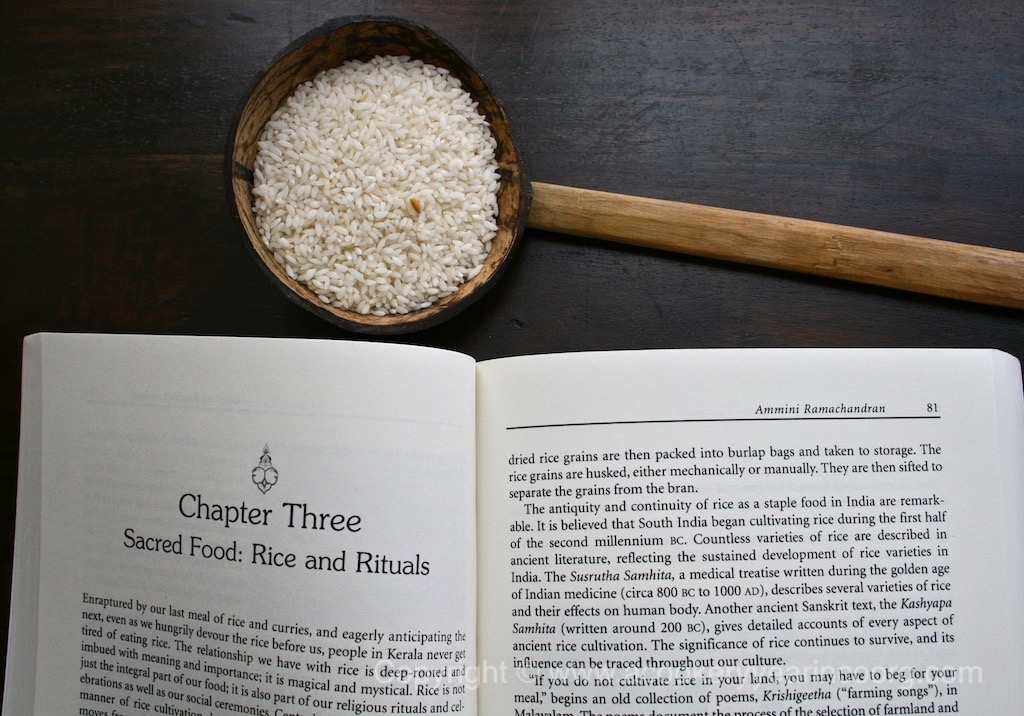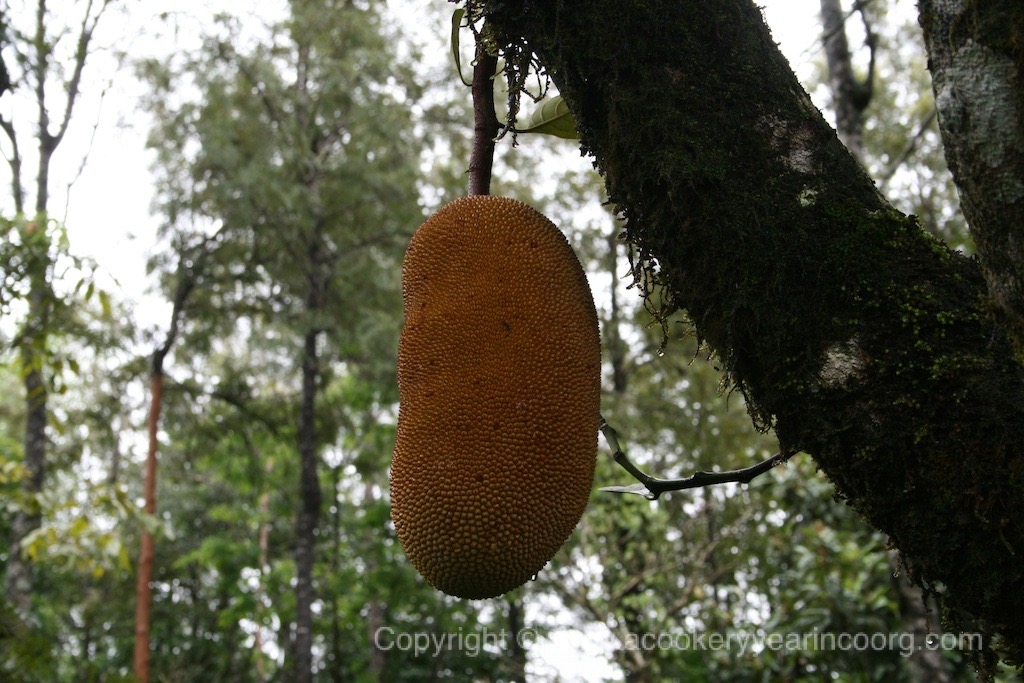It’s officially the first day of spring, and, despite the odd flurries of snow and a forecast for rain and more rain , the skies graciously cleared enough to show just a little watery blue.
In Vancouver’s changeable weather, there’s one cookbook that I can count on to consistently bring the lush, tropical warmth of Kerala to my kitchen at any time – Grains, Greens, and Grated Coconuts©. A perfect blend of historical perspective, personal anecdotes, and impeccably researched and written vegetarian recipes from the kitchens of the Kochi royal family, GG&GC truly is a timeless classic.
I’m honoured to have the first guest post on this blog by the author, my friend, Ammini Ramachandran.
Kerala Puttus
by Ammini Ramachandran
Reading Shalini’s post – Oduputtu: aromatherapy for the cook – brought back memories of a favorite breakfast dish of Kerala with a similar name – puttu. Just as with Coorg cuisine, Kerala cuisine is deeply rooted in rice. And similarly, there are several Kerala dishes that end with the suffix puttu. The one major difference is that Kerala puttus are prepared with rice flour, wheat flour, ragi flour or grated tapioca, but never with a batter. They have a crumbly texture.
Continue reading



